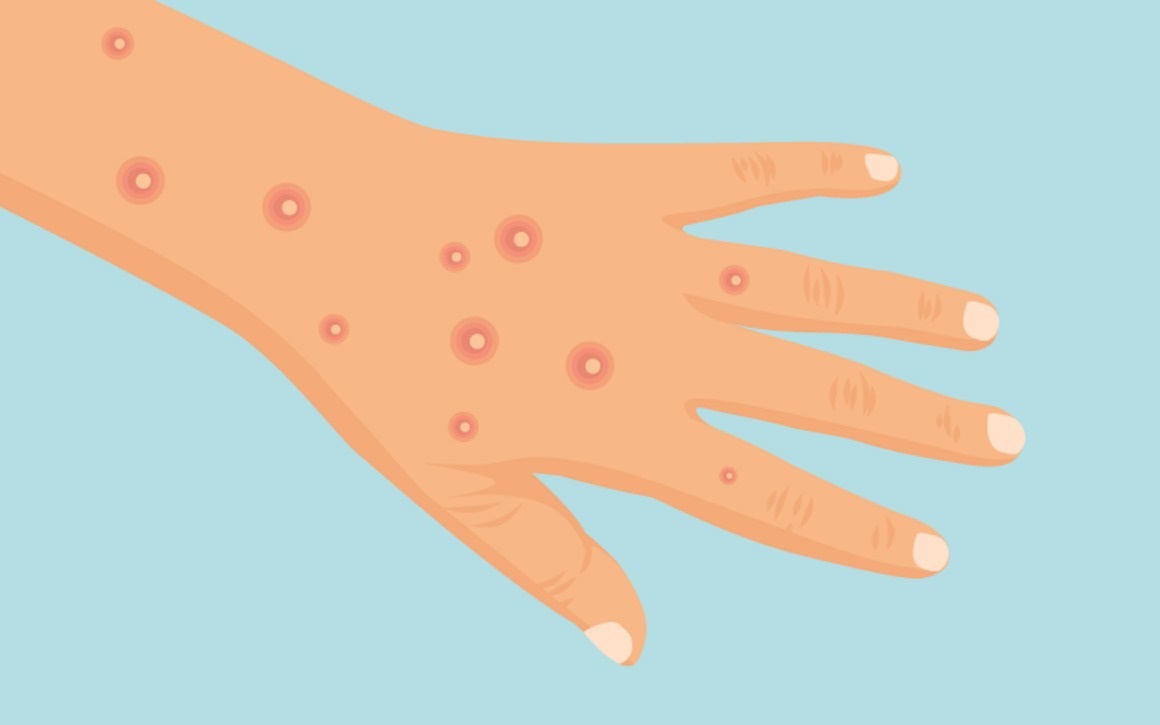Frequently Asked Questions (FAQ) about Mpox (Monkeypox)

1. Is it a new disease?
Mpox is not a new disease. It was first identified in monkeys in 1958 and the first human case occurred in 1970 in the Democratic Republic of Congo. The disease has been observed in several African countries. It has been sporadically transmitted to other continents through infected animals or humans, but the current outbreak has drawn much more attention.
2. Why is it attracting attention now?
The global outbreak in 2022, which spread outside Africa and affected over 100 countries, led the WHO to declare a global health emergency in 2023. This outbreak was unusual as it spread to people with no direct contact with Africa or infected animals. Despite a decline in cases by the end of 2023, Mpox continues to circulate in certain regions.
3. Is the cause of the disease known?
Yes, the cause of Mpox is the Monkeypox virus, which is closely related to the smallpox virus. There are two main genetic strains: one from West Africa (less severe) and one from Central Africa (more severe).
4. Does the virus come from monkeys?
While the disease is named after monkeys, it is more commonly transmitted by rodents like squirrels, rats, and mice. The virus's exact natural reservoirs remain unclear.
5. How is the virus transmitted?
Mpox is spread through close contact with infected animals, humans, or contaminated materials (clothes, towels, etc.). It can enter the body through skin cuts, mucous membranes (mouth, nose, eyes), or the respiratory system.
6. Is it similar to smallpox or chickenpox?
Mpox shares some symptoms with smallpox and chickenpox, but the lesions, their locations, and progression are different. Mpox also causes swelling of lymph nodes, which helps differentiate it from other similar diseases.
7. What are the symptoms?
Symptoms include fever, headache, fatigue, muscle aches, swollen lymph nodes, and skin lesions that evolve from flat spots to vesicles, then pustules, and eventually scab over. The illness typically lasts 2-4 weeks.
8. Can the infection be asymptomatic?
Asymptomatic cases are rare, and the disease usually presents with symptoms that make it identifiable. However, there are concerns that certain strains may spread more easily.
9. How long should contacts of infected individuals be monitored?
Individuals who have been in contact with infected animals or people should be monitored for 21 days for any symptoms.
10. How is the disease diagnosed?
Diagnosis is confirmed through PCR testing of lesions, as it is difficult to detect the virus in blood.
11. Is the disease fatal?
While most cases recover in 2-4 weeks, the virus can be fatal in immunocompromised individuals, with a death rate ranging from 1-6%, higher in the Central African strain (up to 11%).
12. Is there a treatment or vaccine?
There is no widely used treatment for Mpox, though antiviral drugs like tecovirimat have been used. The JYNNEOSTM vaccine, approved for use in the U.S., provides protection against both smallpox and Mpox.
13. Does the smallpox vaccine protect against Mpox?
The smallpox vaccine offers around 85% protection against Mpox, though the level of protection may decrease over time for those vaccinated many years ago.
14. Could it cause a pandemic?
Due to the nature of transmission and its relatively low mutation rate, Mpox is unlikely to cause a pandemic like COVID-19, although concerns about its spread and higher mortality in certain regions have increased.
15. Has there been any cases in Northern Cyprus (KKTC)?
There was a single case reported in 2023, but no further cases have been identified.
16. How can Mpox be prevented?
Prevention involves identifying and isolating infected individuals, using personal protective equipment for healthcare workers and at-risk groups, vaccination, and ensuring public health authorities provide accurate information.